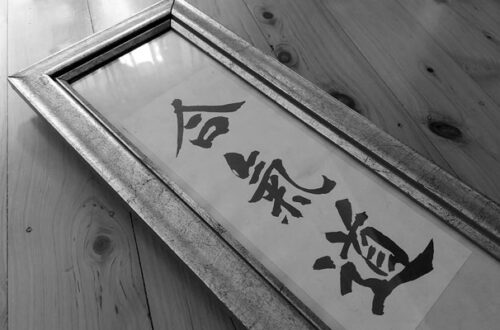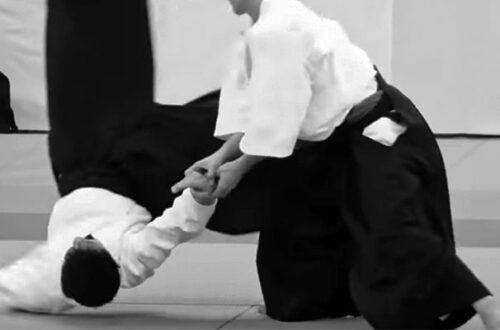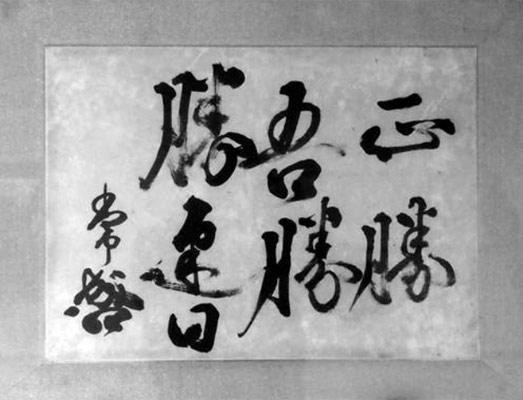
Masakatsu Agatsu Katsuhayabi: The Path to Victory in Aikido
Aikido is said to be a non-competitive art that emphasizes harmonization with opponents, transcending the common concept of winning or losing. However, the founder Morihei Ueshiba did explain the concept of victory in Aikido through the phrase Masakatsu Agatsu Katsuhayabi 正勝吾勝勝速日, a simple yet profound expression.
Before delving into its meaning, let’s discuss its origin. The phrase first appeared in Japanese mythology. According to the Nihon Shoki 日本書紀, Susanoo-no-Mikoto 素戔嗚尊 or 須佐之男命 (as mentioned in Kojiki 古事記), the son of Izanagi 伊邪那岐, made a vow in front of his sister, Amaterasu Omikami 天照大神, stating, “If my heart is pure, a male kami will be born; if impure, a female kami will be born.” He then chewed and crushed the magatama 勾玉 he had borrowed from his sister and gave birth to five sons. Susanoo-no-Mikoto emerged victorious in his vow, and his proclamation of victory was Masakatsu Agatsu Katsuhayabi, which became the first part of the name of his eldest son, 正勝吾勝勝速日天之忍穂耳命, who would later become the great-great-grandfather of Emperor Jimmu 神武天皇, the first Emperor of Japan.
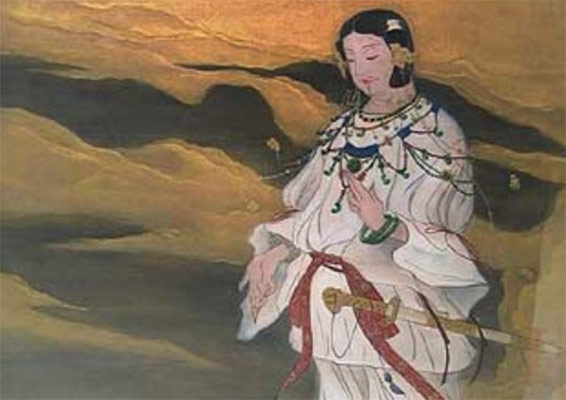
Japanese Kami 正勝吾勝勝速日天之忍穂耳命
The phrase can be broken down into 正勝, 吾勝 and 勝速日. 正 carries the meaning of true, righteous, or with integrity. It represents the laws and principles of the universe. 勝 is victory. Therefore, 正勝 is literally translated as “true victory,” signifying unwavering determination and victory with integrity. 吾 refers to “me” or “mine.” Hence, 吾勝 is translated as “my victory.” However, the victory here is widely understood as victory over oneself, representing the suppression of personal desires for battle and defeat the enemy through violent means, at same time avoiding dismissive attitudes and negative emotions.
速 means swift. 日 is the sun or the rising sun in this context. Therefore, 勝速日 is literally translated as “to win as swiftly as the rising sun.” The speed of the rising sun serves as a simile, symbolizing a speed faster than lightning and time. In the context of Aikido’s practical application, it refers to the concept of seizing the initiative without hesitation or indecision, instantly blending in and controlling the opponent.
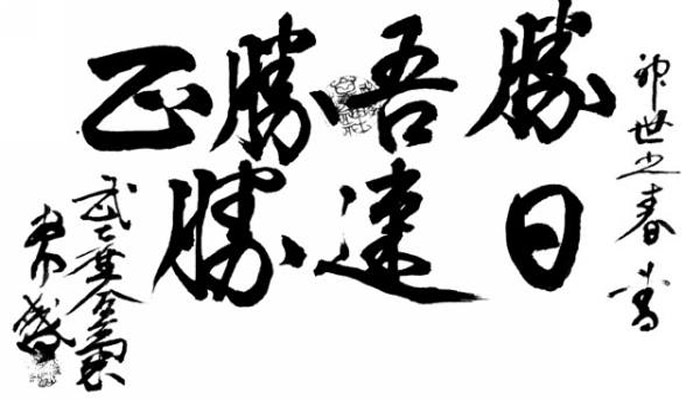
A Calligraphy of Masakatsu Agatsu Katsuhayabi by Morihei Ueshiba
Structurally, the first two occurrences of 勝 are nouns representing two states of victory. However, the third 勝 is a verb. They form a cause and effect or a path and destination relationship. Through 正勝 and 吾勝, one can then achieve 勝速日. The entire phrase can be understood as follows: one must not assert dominance over others but also not yield, to attain 正勝. One must have the resolve to overcome one’s evil desires, arrogance, and negative emotions to achieve 吾勝. When one possesses both aspects, his victory is already accomplished in no time. This represents the true victory, which can never be lost.
Ancient language often contains compacted meaning, and over time, some of the original meanings may have been lost or changed due to different interpretations. Therefore, the explanation provided above is not necessarily the sole interpretation of the phrase. Different interpretations or meanings may be found in various contexts. Ultimately, the concepts of “true victory” and “my victory” can vary for different individuals. Instead of thinking it as a fixed goal, perhaps it is better to understand it as something to be explored along the path of Aikido.
Author’s Note: We appreciate your readership! This article serves as a preliminary introduction to the subject matter. While we aim for accuracy, we cannot guarantee the content’s precision and it may contain elements of speculation. We strongly advise you to pursue additional research if this topic piques your interest. Begin your AikidoDiscovery adventure! 🙂


